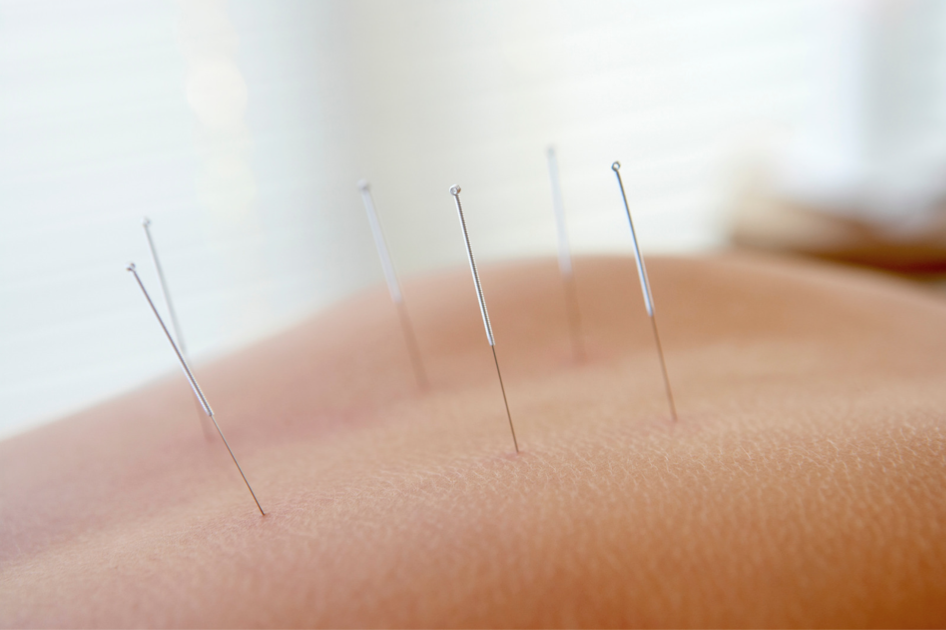What does a Chinese medicine practitioner actually do?
Part I

Have you ever heard of someone getting “needled” for back pain, or seen someone with purplish bruise-like circles on their back? These people have seen a Chinese Medicine practitioner.
The first time I learned about Chinese medicine as a profession, I was at a fundraiser event for the creation of the world’s largest copper whale sculpture. This was on Oahu about 7 years ago. During lunch, I shared a bench with a woman named Sage who was about to graduate from a Chinese Medicine program on the island. At this point, I knew nothing about Chinese medicine, though in retrospect I realize it had been gradually making its way into my life… Directly before flying out to Hawaii for what I thought would be 2 months (turned into 9), I borrowed Between Heaven & Earth from the lending library in the basement of my local health food store. This book is one of the main Chinese medicine books for laymen. By now Chinese medicine is a household name. Many people I know rely on it on a weekly basis, but so many others don’t really know what it is.
Everyone knows someone who has gotten acupuncture. But what does a Chinese medicine practitioner actually do? Part I (;
Chinese medicine is a medical system that originated in China at least 2,500 years ago, though some estimates are closer to 5,000 years. The most amazing thing is that very little about this system has changed in such vast period of human growth. Every year, students of Chinese medicine are studying classic texts that are thousands of years old, and prescribing formulas that were developed… you guessed it… thousands of years ago.
So what does a Chinese medicine practitioner actually do? There are in fact 8 different branches of Chinese medicine [future post], each of which have a different set of techniques which help us return our body, mind, & spirit to a state of health & harmony. Here are a few (though not all!) of the tools used by Chinese medicine practitioners.
Acupuncture may be the most commonly recognized aspect of Chinese medicine but is by no means the entirety of our offerings. The most common use of acupuncture today is the insertion of very thin needles into specific points on the body. It works on many levels, and can treat anything from insomnia to wrist pain to irregular period to anxiety. Regardless of the purpose or specifics of the treatment, many people experience a dreamy yet grounding “reset” of their system as a result of the needles. Such a topic deserves to have it’s own [future post].

Cupping is a common practice for people who are very active &/or have some type of body pain. The most common form of cupping is using glass cups. A cotton ball soaked in alcohol is ignited and placed briefly inside a glass cup to remove the oxygen, creating a vacuum. When the opening of the glass cup is quickly placed on the skin, it creates a suction. This is called “fire cupping.” The cups can be left standing on the skin or moved along the skin by the practitioner while maintaining the suction. Instead of mashing the muscles down like most types of massage and massage tools, cupping does the opposite by creating space between muscles as a result of the suction. This helps to move qi & blood, and it is used often to kick out pathogens at the beginning or a cold or alleviate muscular pain as a result of intense physical activity. It feels incredible.

Herbs are used in a similar way that prescription medications are used in Western medicine. After a detailed intake and recording of the tongue & pulse, a client is often prescribed a personalized herbal formula to address their main health concerns. Some of the herbs will address the manifesting symptoms (e.g. a headache, trouble sleeping, or a rash) and some of the herbs in the formula will work together to address the root of the issue (e.g. an overactive Liver, a deficiency of Heart blood, or Toxic Heat, respectively). There are over 300 items in the Chinese medicine pharmacopeia, and formulas are tailored to each person’s constitution and presentation at the time of the visit.

I’ll be sharing little tidbits about the fundamentals of this incredible medicine in the middle of each month. I will go into detail at some point about the terms & concepts discussed here, and there will be links to the associated blog posts as they are created (:
If there’s a certain topic you’d like to learn about within Chinese medicine, or you’d like to book a virtual consult to talk more in detail, send me an email at moonsteeped@gmail.com or send a message via this form.
*This is not intended to be taken as medical advice.
Leave a Reply